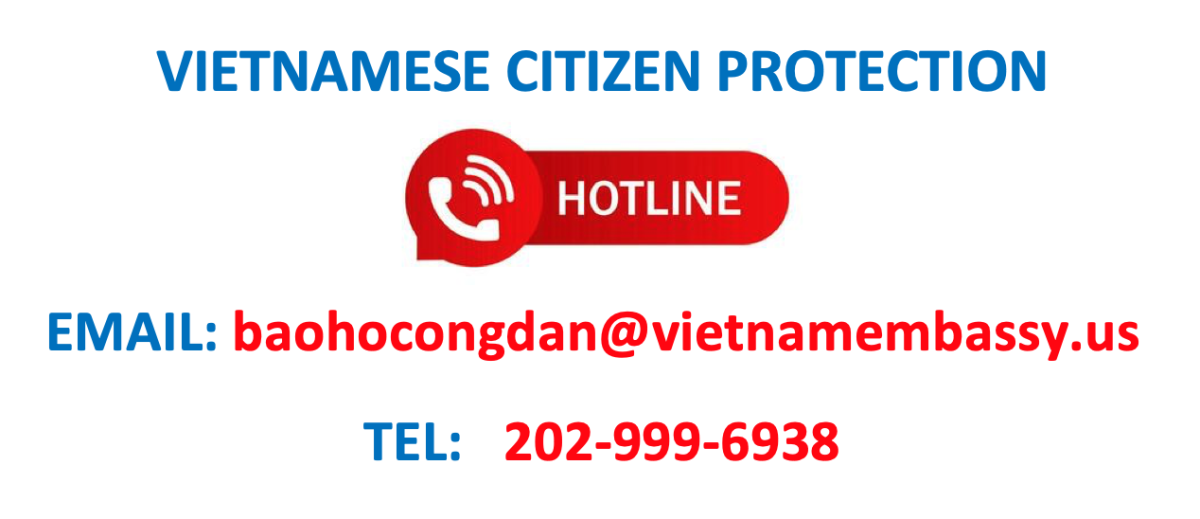Nuclear medicine development in Vietnam
Ha Noi, April 8 (VNA) -- The Health Ministry and the Ha Noi Medical University's first radio-therapy research unit made its debut in early 1971.
The unit, located in Ha Noi's Bach Mai Hospital, was a preparatory step for the introduction of nuclear medicine in Viet Nam.
At that time, few people in Viet Nam believed in the use of radio-active isotopes as a form of medical treatment. Therefore, radio-therapy was then quite alien to most patients .
To remove people's doubt about the newly-introduced therapy, researchers found it necessary to prove the effectiveness and safety of the application of radio-active chemicals.
Feb. 12, 1971 was a landmark for the research unit as the first consignment of Chromium-51 from the Soviet Union arrived in Viet Nam.
The first volunteer to use the radio-active chemicals to convince Vietnamese patients was the country's first medical doctor specializing in nuclear medicine.
Viet Nam's leading nuclear physicist, Prof. Dr. Nguyen Dinh Tu, who later became Director of the National Atomic Energy Institute, once expressed his admiration for the staff of the research unit and the hope of his colleagues to cooperate with the first nuclear medicine unit to expand the application of radio-active isotopes and other nuclear treatment methods to protect and improve the people's health.
By its own efforts and strong support from other medical sectors, the radio-therapy research unit has develop the radio-therapy department of Bach Mai Hospital and the radio-therapy faculty of the Ha Noi Medical University.
An International Atomic Energy Agency (IAEA) official, who visited the Ha Noi Medical University's Radio-therapy Faculty in 1984, said he was strongly impressed by the work done by the staff with poor equipment. The use of IAEA-provided equipment by the faculty set an example of effective technical cooperation, he added.
Since then, tens of thousands of patients, particularly those suffering from endocrine and hematology-related diseases and cancer, have been successfully diagnosed and treated with radio-therapy.
A number of State and ministerial-level research and international and regional cooperation projects have obtained good results over the past three decades. Vietnamese nuclear medicine experts have published dozens of book titles on radio-active isotope diagnosis and radio-therapy and its safety.
There are 30 nuclear medicine establishments working throughout the country today.
However, Viet Nam's nuclear medicine development is much lower than that of the world and behind even its neighbours. In order to keep pace with the regional and international development level, Viet Nam should invest in training a qualified contingent of nuclear medicine experts who can apply scientific advances in this domain.--VNA



